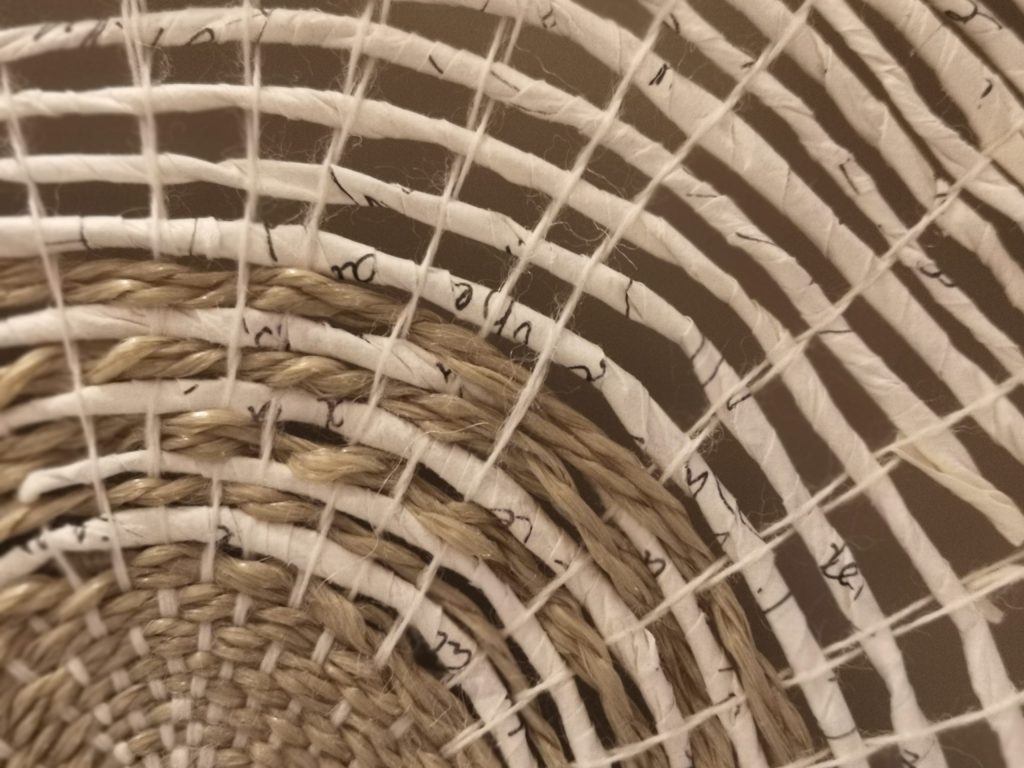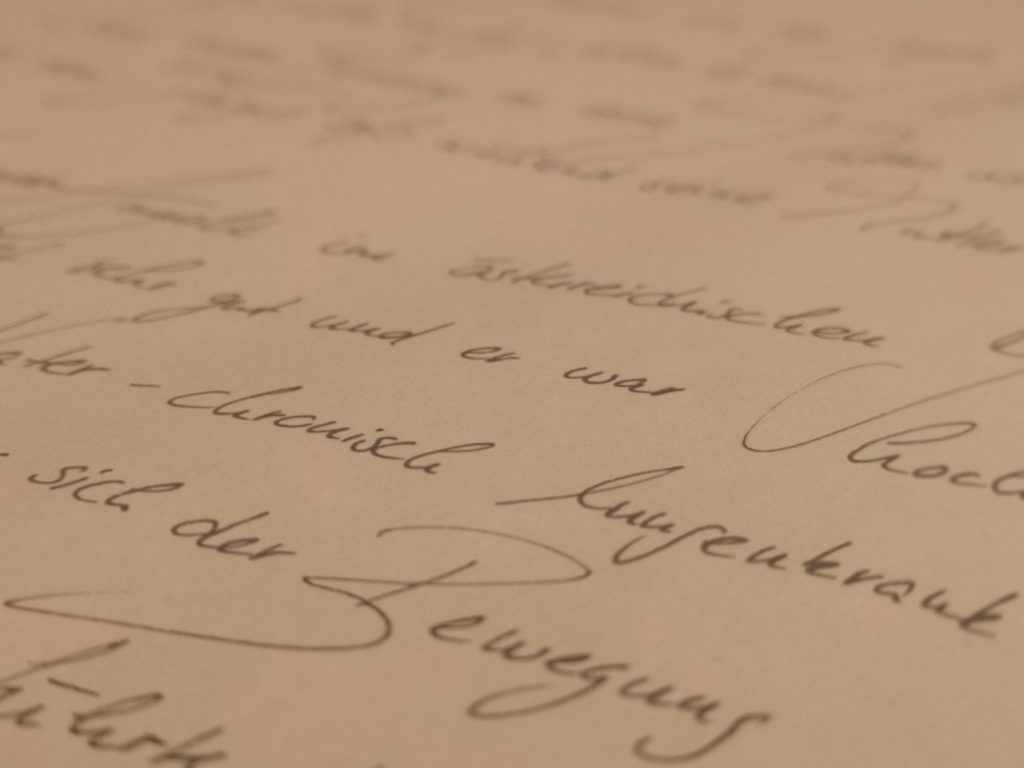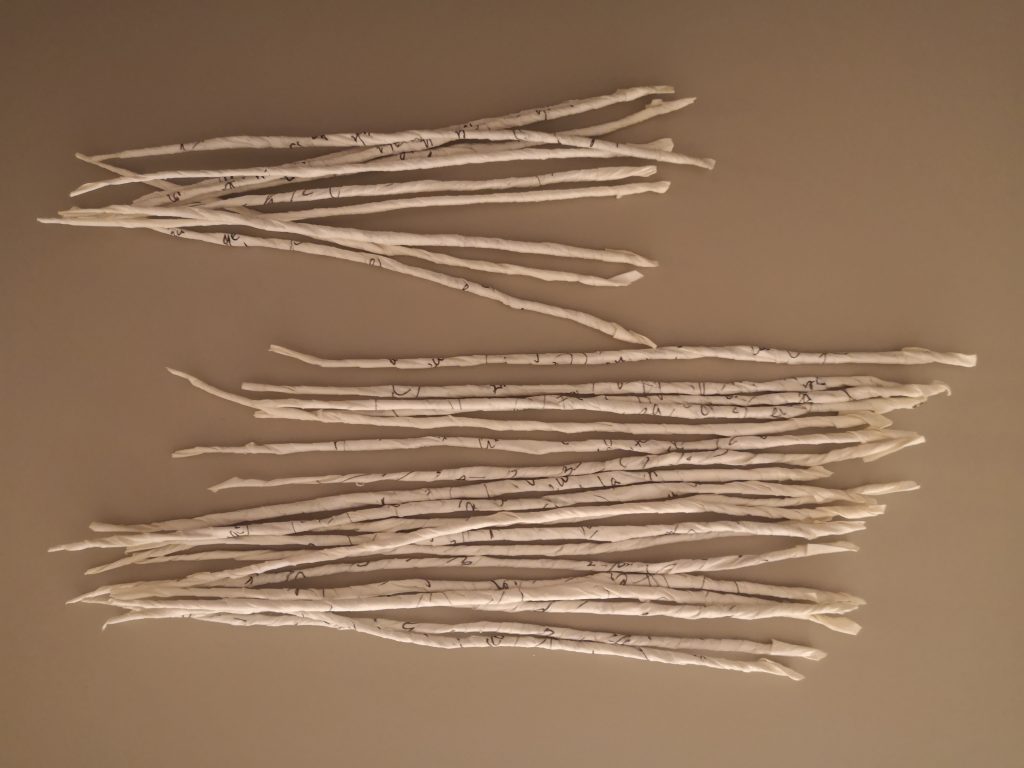Embedding Memories – Keeping Stories
Or is it embedding stories and keeping memories? I don’t know.
All I know is that for this action, I wanted to look into something I picked on in action eight – remembrance. How do we remember stories? How do we evoke memories? How do we forget them?

Is it the act of writing the letter, reading the letter or the fact that they exist – what exactly evokes the memory for us? The content or the context?
Some time ago I started to write down the stories of my grandma. How often will I still be able to hear them? What if I can no longer recall them? Will I lose these memories and no longer be able to pass them on? There is so much knowledge in those stories no history book could reveal. These are personal narratives from past generations – real and approachable. Who if not her can tell me the story of my family? Maybe I am dealing with a certain notion of heritage here as well and as I will be moving to Canada in a few days, thinking about family, life, and transitions feels just right.
A lot of letters my grandma still keeps are written in old German script, which I can no longer read. So only writing down memories does not seem to guarantee to keep them forever.


I sat down and started writing down the story of how my great-grandfather came to Germany. I wrote it as a handwritten letter.
In order to see how I could alienate the purpose of a letter I cut the paper in stripes and used a paper-thread technique I heard about some time ago. I created threads by twisting the wet paper strips and letting them dry.

After that I tried to make an artifact, that would allow me to embed the stories. I weaved the threads and some other material in a circular shape.

The writing, cutting, twisting and weaving finally manifested the story in my head. The act was the outcome. The artifact a tool to remember.
